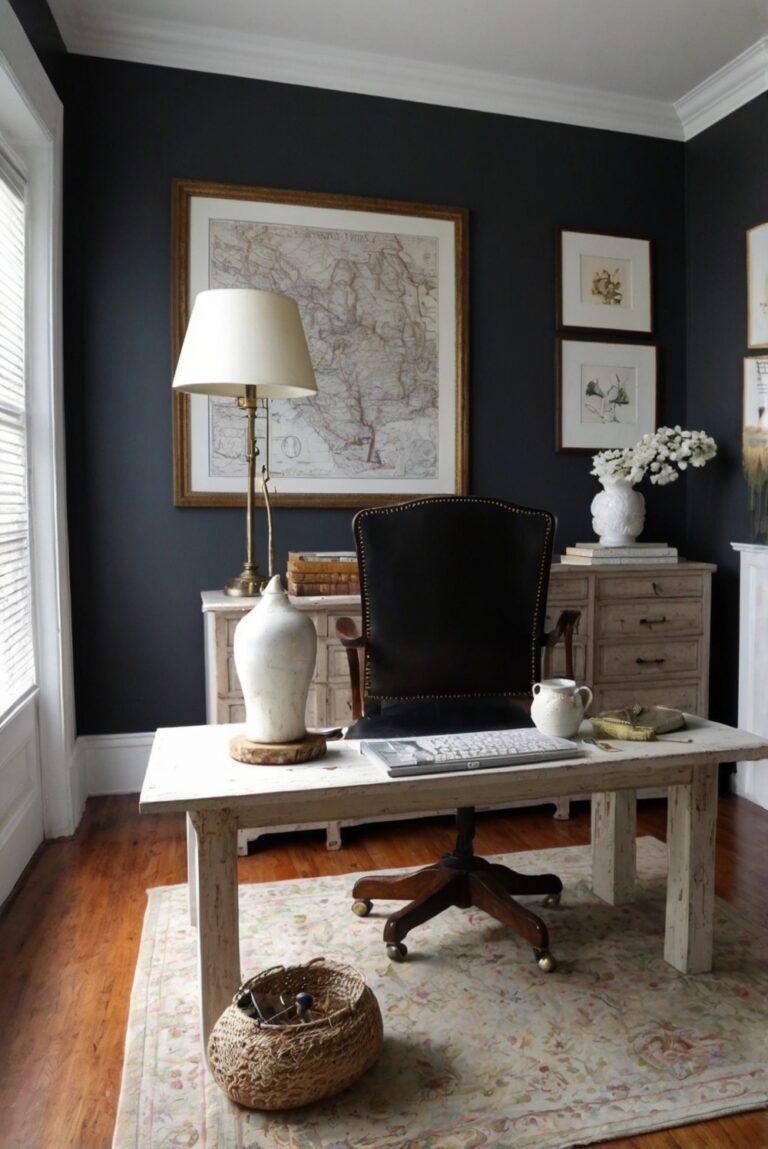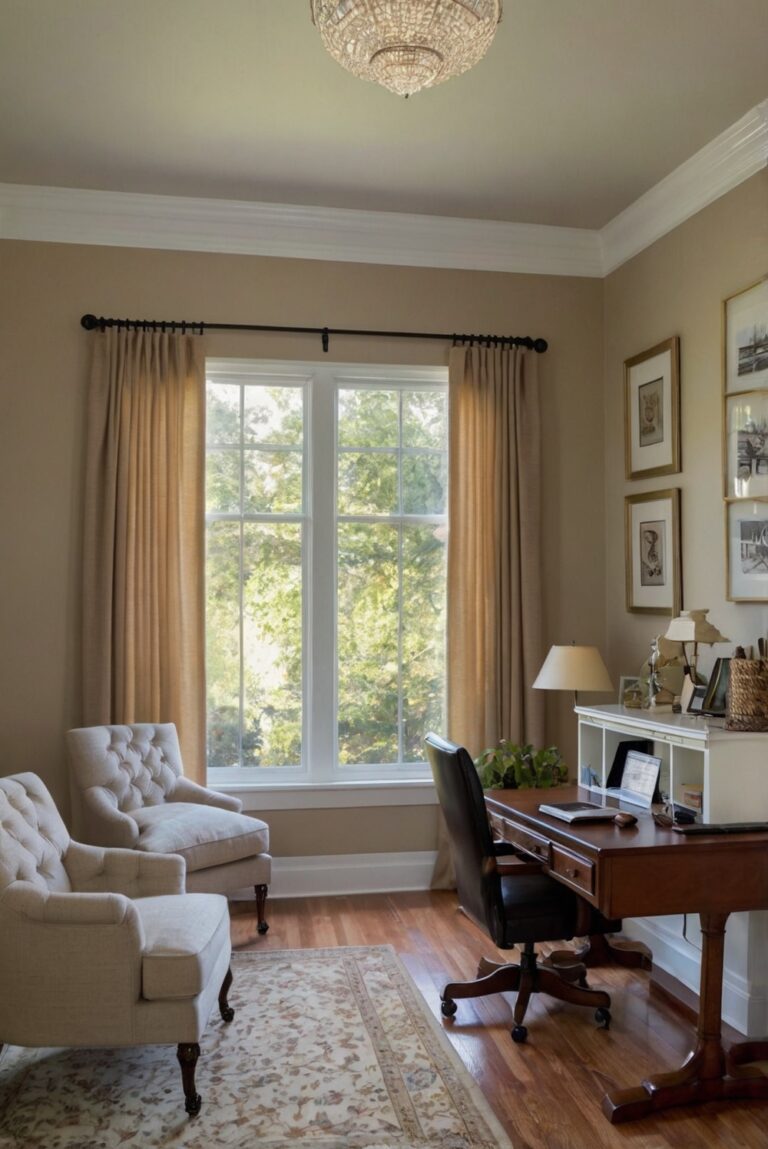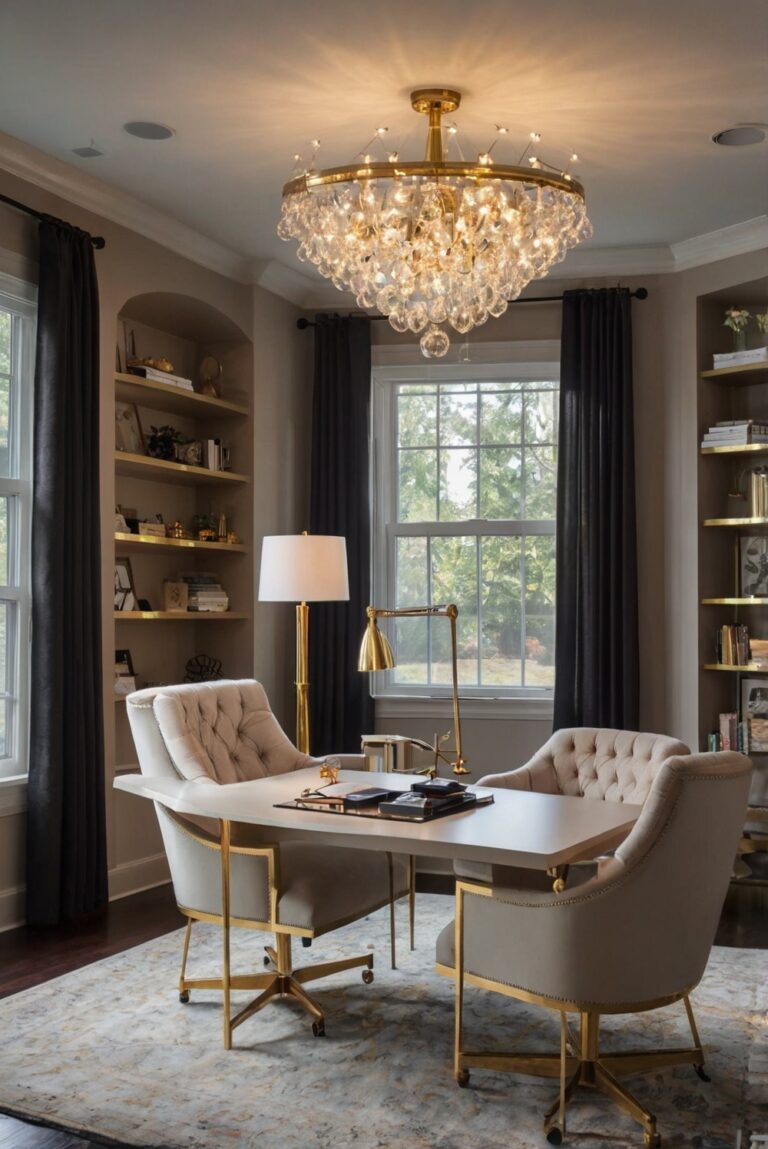Explore effective techniques for layering lighting in a home office. Illuminate your workspace with strategic lighting solutions that enhance productivity and ambiance.
**What Are the Best Ways to Layer Lighting in a Home Office?**
In a home office, it is essential to create a well-layered lighting scheme for both functionality and ambiance. Start by incorporating overhead lighting with a statement fixture like a pendant or chandelier. Task lighting, such as desk lamps and under-cabinet lights, will provide focused illumination for work areas. Ambient lighting, such as wall sconces or floor lamps, can soften the overall atmosphere. Consider dimmable switches to adjust light levels based on the time of day. Natural light is also crucial, so position your desk near a window if possible. Properly layered lighting can enhance productivity and create a pleasant work environment in your home office.
—
What Are the Best Ways to Layer Lighting in a Home Office?
Importance of Proper Lighting in a Home Office:
Proper lighting is crucial in a home office as it can significantly impact productivity, focus, and overall well-being. Insufficient or improper lighting can lead to eye strain, headaches, and reduced efficiency. By implementing a well-thought-out lighting plan, you can create a comfortable and conducive work environment that promotes creativity and concentration.
Types of Lighting to Consider:
When layering lighting in a home office, it’s essential to consider three main types of lighting: ambient, task, and accent lighting. Ambient lighting provides overall illumination to the room, task lighting offers focused light for specific activities like reading or working on a computer, and accent lighting adds depth and visual interest to the space.
Tips for Layering Lighting Effectively:
– Position task lighting strategically: Place task lighting sources, such as desk lamps or under-cabinet lights, where they can illuminate work surfaces without causing glare or shadows.
– Utilize natural light: Make the most of natural light by positioning your desk near windows and using sheer curtains to diffuse harsh sunlight.
– Combine different light sources: Mix overhead lights, floor lamps, and task lighting to create a layered lighting effect that can be adjusted based on the time of day and your specific needs.
– Use dimmers: Install dimmer switches to control the intensity of the light in your home office, allowing you to customize the brightness level according to the task at hand.
– Consider the color temperature: Choose bulbs with the right color temperature (measured in Kelvin) to create a warm and inviting atmosphere in your home office.
Benefits of Properly Layered Lighting:
Properly layering lighting in a home office offers several benefits, including:
– Improved productivity and focus
– Reduced eye strain and fatigue
– Enhanced aesthetics and ambiance
– Increased energy efficiency
– Customizable lighting options for different tasks
Conclusion:
In conclusion, implementing a well-planned lighting strategy in your home office is essential for creating a comfortable, productive, and visually appealing workspace. By incorporating ambient, task, and accent lighting sources, strategically positioning lighting fixtures, and considering factors like natural light and color temperature, you can achieve a well-rounded lighting scheme that enhances your work environment. Remember, proper lighting not only illuminates your space but also sets the mood and improves your overall well-being.
1. How can I create a well-lit home office space?
To create a well-lit home office space, consider layering your lighting. Start with ambient lighting, which provides overall illumination. Add task lighting, such as a desk lamp or adjustable floor lamp, to illuminate specific work areas. Accent lighting, like wall sconces or picture lights, can highlight artwork or architectural features. Additionally, consider natural light sources like windows or skylights to reduce eye strain and improve productivity. By combining these different types of lighting, you can create a well-lit and visually appealing home office environment.
2. What are the benefits of layering lighting in a home office?
Layering lighting in a home office offers several benefits. Firstly, it allows you to customize the lighting to suit different tasks and moods. For example, you can adjust the brightness of task lighting for focused work or dim ambient lighting for a more relaxed atmosphere. Secondly, layering lighting can reduce glare and shadows, creating a more comfortable and visually balanced workspace. Finally, incorporating multiple light sources can enhance the overall aesthetic of your home office, making it a more inviting and productive environment.
3. Are there specific types of lighting fixtures that work best in a home office?
When layering lighting in a home office, it’s important to consider the types of lighting fixtures that work best for each layer. For ambient lighting, overhead fixtures like recessed lights or ceiling-mounted fixtures are ideal. Task lighting can be provided by desk lamps, adjustable floor lamps, or under-cabinet lighting. Accent lighting, on the other hand, can be achieved with wall sconces, track lighting, or picture lights. Additionally, incorporating dimmable fixtures allows for greater control over the intensity and ambiance of the lighting in your home office.
4. How can I optimize natural light in my home office?
Optimizing natural light in your home office is key to creating a well-lit and energizing workspace. Start by positioning your desk near a window to maximize natural light exposure. Consider using sheer curtains or blinds that allow sunlight to filter through while reducing glare. If your home office lacks adequate natural light, you can supplement with artificial lighting sources to create a balanced lighting scheme. Additionally, incorporating light-colored walls and reflective surfaces can help bounce natural light around the room, making it feel brighter and more spacious.
5. What are some tips for creating a layered lighting plan in a home office?
When creating a layered lighting plan in a home office, start by assessing your workspace and identifying areas that require different types of lighting. Divide the room into zones based on tasks, such as reading, computer work, and meetings. Then, choose appropriate lighting fixtures for each zone, ensuring a mix of ambient, task, and accent lighting. Consider the color temperature of the light sources to create a cohesive and comfortable environment. Finally, install dimmer switches to adjust the lighting levels according to your needs throughout the day.
